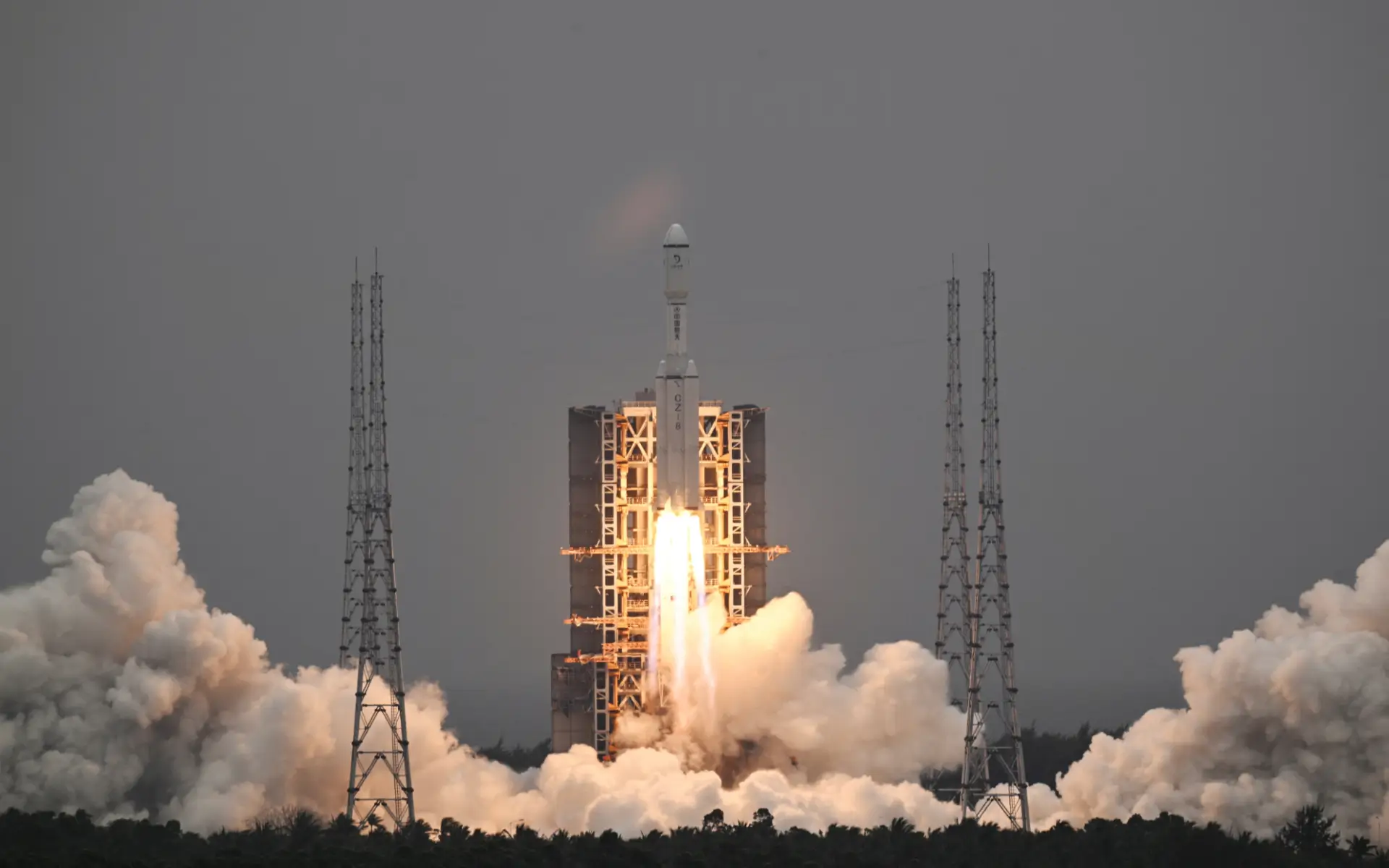China’s space program took a significant leap forward with the successful launch of the Queqiao-2 signal relay satellite. The satellite, designed to aid lunar research and exploration, was launched on a Long March 8 rocket on March 20, 2024.
The moon, our nearest cosmic neighbor, continues to captivate the scientific community. While the side facing Earth has been extensively studied, the moon’s far side remains largely unexplored due to communication barriers. Without a direct line of sight, data transfer becomes impossible. This uncharted territory is where Queqiao-2 comes into play.
Queqiao-2, weighing in at 1.2 metric tons, will orbit the moon and serve as a relay station between Earth and the lunar far side. The satellite gets its name from a mythological magpie bridge, symbolizing its role as a bridge for communication.
Note: The Queqiao-2 satellite will facilitate communication for China’s upcoming lunar missions, Chang’e-6, Chang’e-7, and Chang’e-8.
The Chang’e-6 mission, slated for launch in May, will be a robotic mission aiming to retrieve samples from an ancient basin on the moon’s far side. This will mark the first time lunar material from the hidden side is acquired.
Similarly, Queqiao-2 will also relay signals for the Chang’e-7 mission in 2026 and the Chang’e-8 mission in 2028. By 2040, Queqiao-2, along with a constellation of relay satellites, will provide communication support for crewed lunar missions and exploration on other planets.
Accompanying Queqiao-2 were two miniature satellites, Tiandu-1 and -2. These satellites will conduct tests for the construction of a future satellite constellation.
Queqiao-2, with a designed lifespan of at least eight years, is expected to support lunar missions beyond 2030. The satellite will enter an orbit that passes close to the moon’s south pole, where China intends to build a research outpost.
The Queqiao-1, launched in 2018, was the first relay satellite deployed to the far side of the moon. Despite its five-year designed lifespan, Queqiao-1 is still operational and orbits a point in space about 70,000 km beyond the moon.




